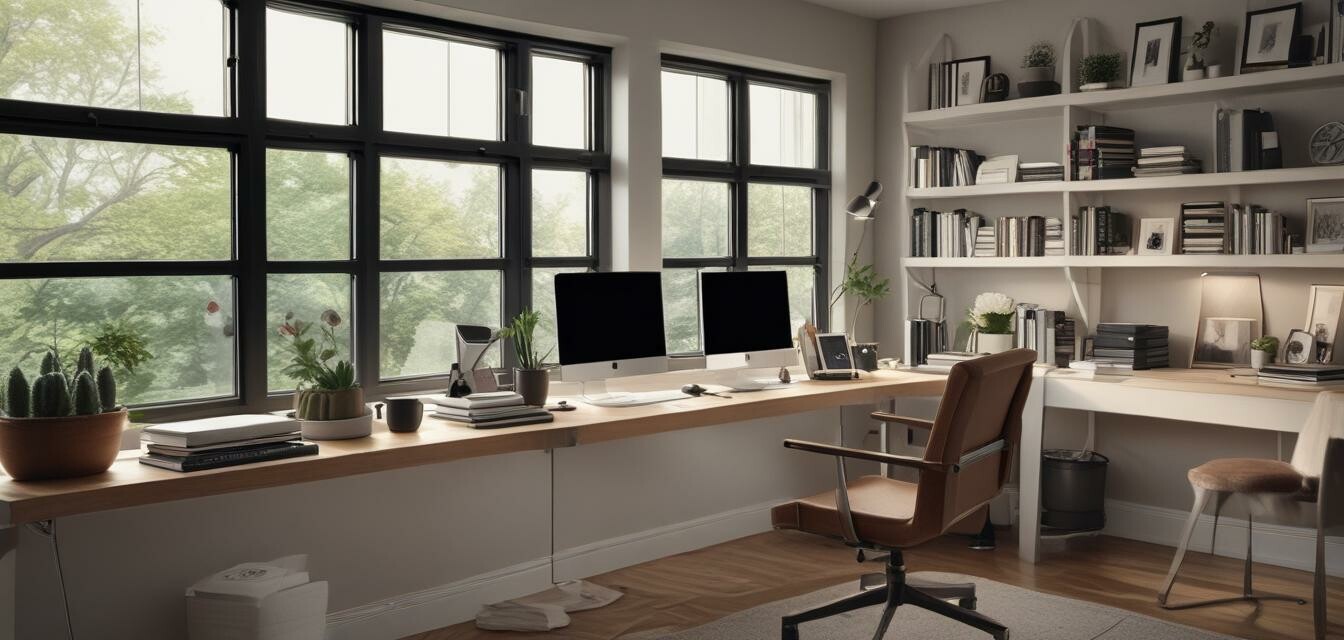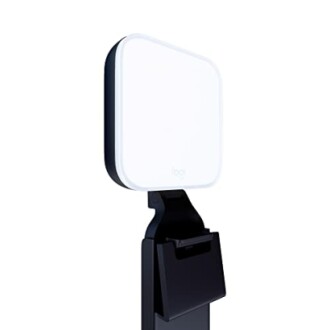
Choosing the Right Lighting for Your Home Office
Key Takeaways
- Consider the type of lighting: ambient, task, and accent.
- Choose LED lights for energy efficiency and longevity.
- Position lights to reduce glare on screens.
- Incorporate natural light when possible.
Creating the ideal working environment at home requires careful consideration of various factors, particularly when it comes to lighting. The right choice of lighting can significantly enhance visibility, reduce eye strain, and improve overall ambiance. Whether you are setting up a new home office or upgrading an existing setup, this guide will help you choose the best lighting options.
Understanding Different Types of Lighting
Lighting can generally be categorized into three main types:
- Ambient Lighting: This is the primary source of light in your office, providing overall illumination. Examples include overhead ceiling lights, LED panels, or natural light from windows.
- Task Lighting: This type of lighting focuses on specific areas where tasks are performed, such as desk lamps or adjustable light fixtures. It is essential for reducing shadows when reading or working on computers.
- Accent Lighting: This lighting draws attention to particular objects in your office, such as artwork or plants. It's not essential but adds character and visual interest to your workspace.
Key Considerations When Choosing Lighting
Choosing the right lighting setup can be a bit challenging. Here are some essential factors to consider:
Brightness and Color Temperature
The brightness of your lighting should match the tasks you will be performing. Color temperature, measured in Kelvin (K), refers to how warm or cool the light appears:
- Warm Light (2700K-3000K): Ideal for creating a cozy atmosphere, suitable for accent lighting.
- Neutral Light (4000K): Provides balanced lighting that is good for most tasks.
- Cool Light (5000K-6500K): Mimics daylight and is excellent for task lighting as it helps increase alertness and focus.
Energy Efficiency
With rising electricity costs, it's wise to choose energy-efficient lighting options. LED lights are the best choice as they consume less power and have a longer lifespan compared to traditional incandescent or fluorescent bulbs.
Top Lighting Products for Home Office
Here are two excellent lighting products that can enhance your home office setup:
Sensyne 10” Ring Light
This ring light features adjustable brightness levels and color modes, making it perfect for all your video calls or live streams.
Learn MoreLogitech Litra Glow Premium LED
Featuring adjustable brightness and color temp settings, this light is perfect for streaming and video conferencing.
Learn MoreHow to Position Your Lights
Light placement is critical in your home office. Here are some tips:
- Position desk lamps at the side of your workspace to minimize glare on screens.
- Use adjustable mounts for task lights to focus on specific areas.
- Ensure that any overhead lighting is bright enough to fill the room without casting harsh shadows.
Incorporating Natural Light
Natural light can make a significant difference in the mood and productivity of your workspace. Consider the following:
- Place your desk near a window to take advantage of natural sunlight.
- Use sheer curtains to diffuse harsh sunlight while maintaining brightness.
- Adjust your lighting based on the time of day to balance artificial and natural light sources.
Pro Tips for Effective Lighting
Best Practices
- Combine different types of lighting for a balanced atmosphere.
- Test your lighting setup in various times of day to ensure optimal visibility.
- Consider using smart lighting that can be adjusted based on your working needs.
Conclusion
Choosing the right lighting for your home office doesn’t have to be complicated. By understanding the different types of lighting, the importance of brightness and color temperature, and making the most of natural light, you can create an inviting and productive work environment. Invest in quality products, like the Sensyne 10” Ring Light or the Logitech Litra Glow Premium LED, to elevate your workspace today!
Learn More
For additional guidance on optimizing your home office, check out our resources on ergonomic office chairs, home office lighting, and computer desks.
